Covering ten Christian cultural heritages, Gulangyu island is added to World Heritage List on July 8 on the 41st session of the UNESCO World Heritage Committee. With both Kekexili in Qinghai and Gulangyu Island in southern Fujian entitled, by now 52 sites in China are on the UNESCO World Heritage List.
Among all of the 53 elements in Gulangyu, ten are Christian cultural sites, covering a Christian church, a Catholic church and Christian graveyards, etc.
These ten Christian elements in Gulangyu are as follows:
#1 Gulangyu Trinity Church
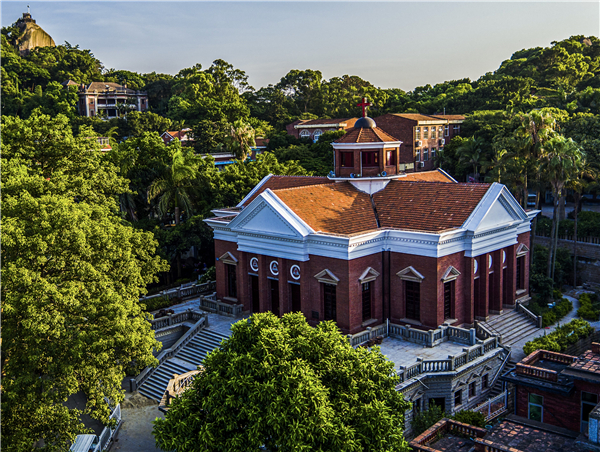
Trinity Church was considered at one time China's most beautiful Protestant Church, and was named Trinity not just because of the "Holy Trinity" but also because three denominations cooperated in building it.
#2 Catholic Church
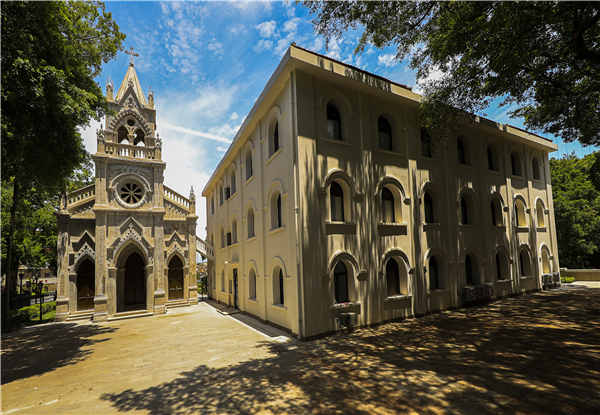
Catholicism came to Kulangsu in 1850. In 1912, the Spanish Catholic priest Manuel Prat became the bishop of the Xiamen Parish and the church was moved into the Spanish consulate. A new Catholic Church was built to the west of the consulate in 1917. This church governed religious affairs of 80 Catholic churches in Fujian and Taiwan.
#3 Gulangyu Union Church
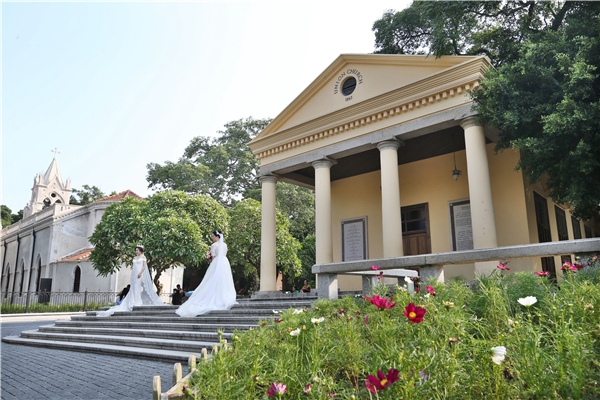
Union Church, Kulangsu's earliest church, was built as the International Church in 1863 and rebuilt in its original style in 1911. Its construction was funded by believers from three denominations, the American Reformed Church, London Missionary Society, and English Presbyterian Mission, hence the name "Union" church.
#4 Former London Women Missionary Society Residence
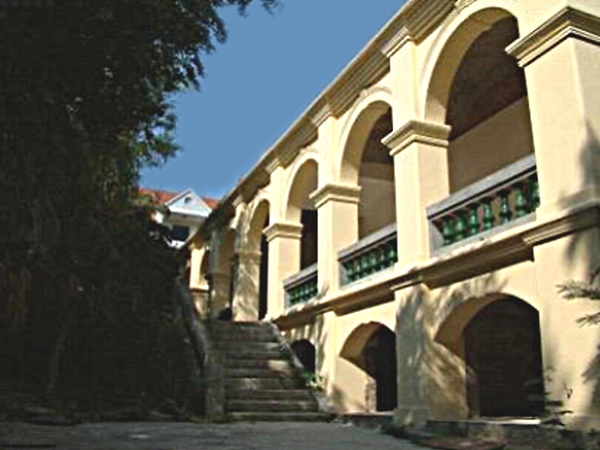
In 1844, the London Missionary Society (Free Church) came to preach in Kulangsu and built a residence on Hen Hill in the 1840s. The residence was built for clergyman but some unmarried clergywomen lived there as well, hence it was commonly known as the "Maiden House."
#5 Christian Cemetery
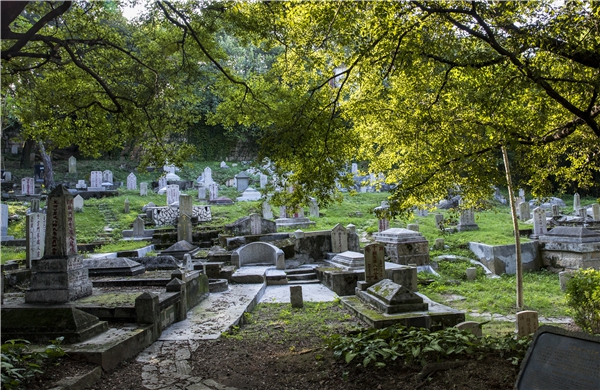
Christians were mainly buried in the graveyard near Anxian Hall, especially Chinese Christians who lived on Kulangsu. The cemetery was divided into three areas forming a triangle, with Anxian Hall in the center, #1 cemetery group in front, #2 to the back and #3 on the side. Most graves are dated from the Qing Dynasty [1644-1912] and the Republic of China period [1912-1949]. The cemetery is a window upon the history of Christianity on Kulangsu.
#6 Former Hope Hospital and the Nurses' Residence
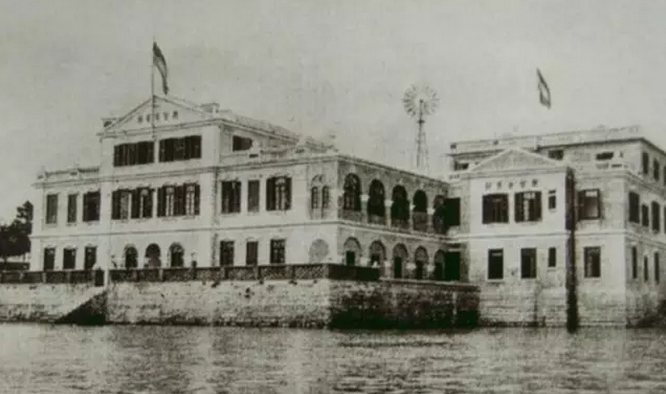
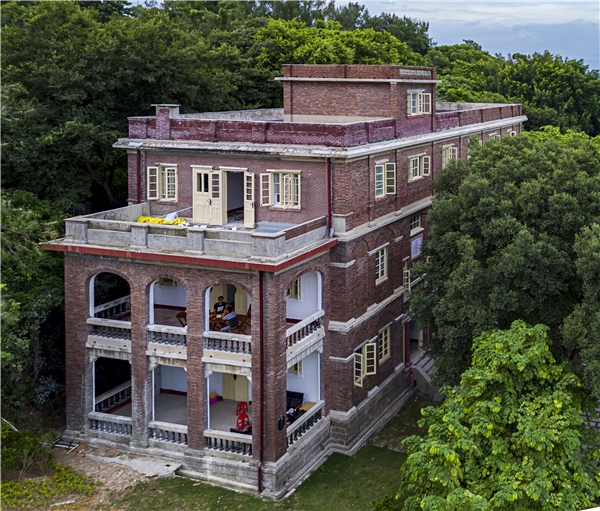
Hope hospital was built by the American Reformed Church in 1898, with the Hope section treating males and the Wilhelmina Hospital treating females. John Abraham Otte, who designed and built the hospitals, assumed the first presidency and established a Medical School and Nursing School on Kulangsu. Dr. Otte contracted the pulmonary plague during the treatment of his patients and died in 1910. After his death,his Chinese students erected in the hospital courtyard a monument in memory of Otte and his great devotion. The memorial was inscribed on each side separately in English, Dutch, Latin, and the Southern Fujian dialect.
#7 Former A.R.C.M. Girls' School
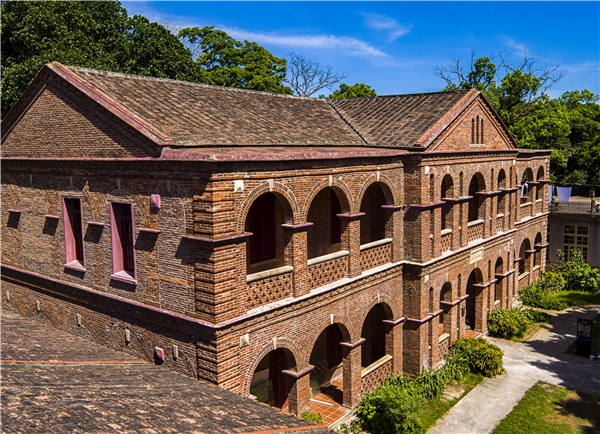
In 1845, the American Reformed Mission founded the first primary school (a literacy class) in Xiamen's Liaozihou, and then opened "Amoy Women's College" in 1847. After a fire in 1880, the school was relocated to Tianwei and renamed "Tianwei Women's College", or "Huaqi Women's School". Two classes were later added, making it a middle school, and it was renamed "Yude" in 1921. The first president was E. M. Talmage.
#8 Former Southern Fujian Christian Bookstore
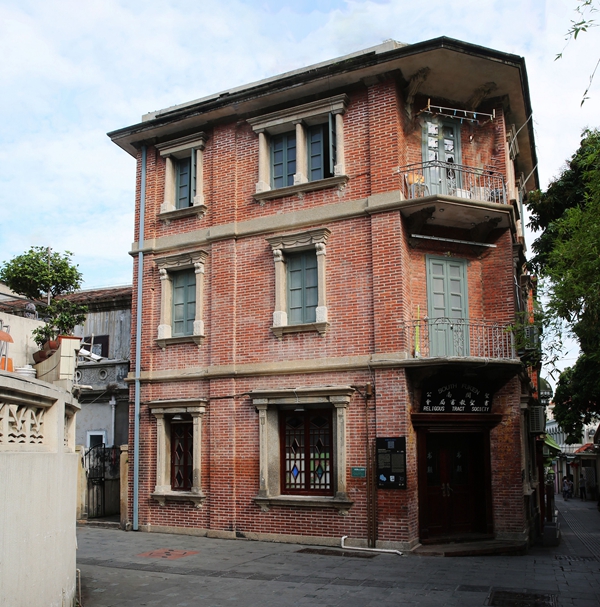
The Former Southern Fujian Christian Bookstore was founded in 1908 on Dadai Road on Kulangsu by Chinese and foreign believers of the Christian Missionary Society Bible Society. The bookstore mainly sold Bibles published by the Protestant Episcopal Church in Shanghai, and also published books such as the Hymns of South Fukien in South Fujian dialect and the Alphabetic Dictionary of South Fujian Dialect. Some church members donated the land and funds to build a three-storey house on Fujian Road as the new location of the Bookstore in 1932.There are over 100 titles of books in South Fujian dialect, and all of the books published by the bookstore were sold not only on Kulangsu and in Xiamen but also throughout South Fujian and Southeast Asia.
#9 The Chuncao Mansion

The Chuncao Mansion was designed and built in 1933 by Xu Chuncao. Xu Chuncao (1874-1960) was a member of the United League of China. He participated in the Recovery of Xiamen in the wave of the Revolution. In 1930, Xu organized the Kulangsu Slave-girl Refuge, which rescued a large number of abused servant girls.
#10 Anxian Hall (Seventh Day Adventist)
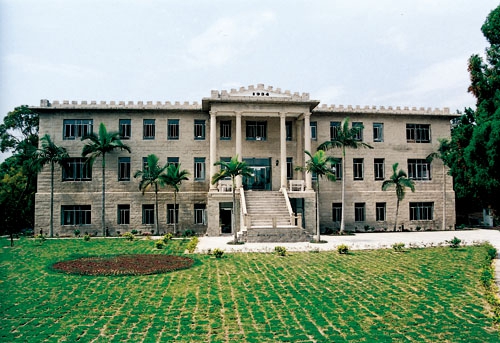
The American Seventh-day Adventist missionary, B. L. Anderson, came to Kulangsu in 1906. He bought a large tract of land in "Wugepai" to build a school and set up farms and dairies to provide work-study programs for students. Anderson used the profits from farms and dairies, and funds donated by Americans in the late 20's, to buy land on Jishan Road, where in 1934 he built a three-storey granite "Girls' school". In memory of Anderson, the building is also named "Anxian Hall".
- Translated and edited by Alice Wang











